Drywood termites can be a serious problem for homeowners in Florida. These destructive pests can cause significant structural damage to homes if they are not identified and treated quickly. This article provides an overview of drywood termites, including their biology, how to recognize them, and what homeowners in Florida can do to protect their homes.
Types of Termites
Termites are divided into three main categories: drywood, subterranean and dampwood.
| Type | Description |
|---|---|
| Drywood Termites | Live and feed on dry wood and do not need contact with soil. They build nests inside the wood they are infesting. |
| Subterranean Termites | Live in underground colonies and build mud tunnels to reach their food sources. They need contact with soil to survive. |
| Dampwood Termites | Live in very damp wood, such as dead trees and stumps. They do not need contact with soil to survive. |
Drywood termites are found in Florida and other warm climates, where they infest wood structures and furniture. They usually enter a building through gaps in windows, doors, or cracks in the walls. They can also spread by hitchhiking on firewood or other wood materials.
Identification of Drywood Termites
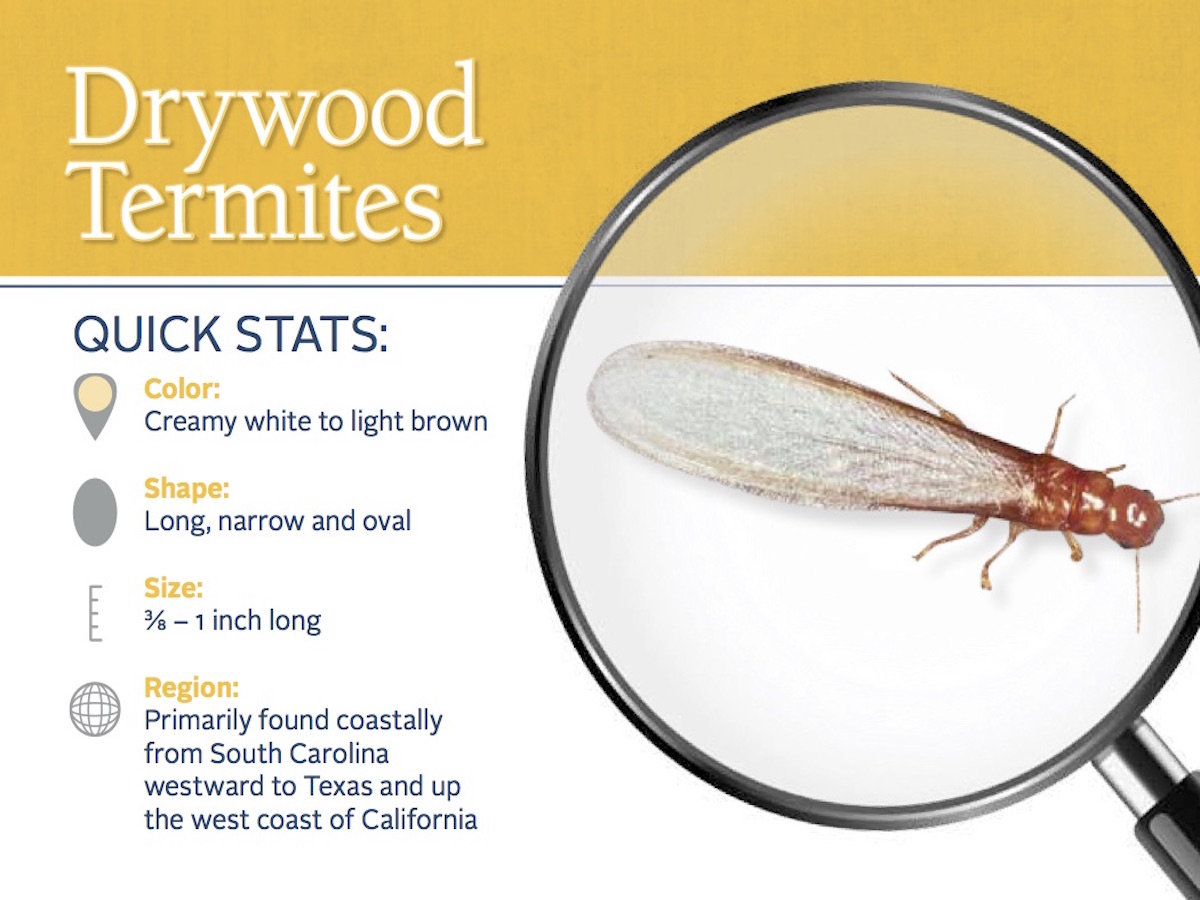
Drywood termites are a species of termite that are found in the warm, dry regions of the United States. In Florida, they are particularly common in the central and southern parts of the state. Drywood termites are small, about ¼ inch long, and have an oval-shaped body with a thick, segmented abdomen. They are usually a yellowish-white in color.
Drywood termites can often be identified by the presence of their fecal pellets, which are small, round pellets about 1/32 of an inch in size. These pellets are usually found in small piles near the areas where the termites have been feeding. The pellets are composed of wood, soil, saliva, and other debris, and are usually a light brown or reddish-brown in color.
Another way to identify drywood termites is by looking for their galleries. These galleries are tunnels that the termites create in wood while they feed. The galleries are usually small and have a smooth, rounded appearance. The presence of these galleries is a sure sign of an infestation.
Drywood termites also create wings, which are shed after they swarm. These wings are usually a yellowish-brown in color and are about 1/8 of an inch long.
In addition, drywood termites produce a strong, musty odor that is often noticed before the presence of the termites is detected. The odor is usually strongest in areas where the termites are actively feeding.
By understanding the characteristics of drywood termites, you can help identify an infestation and take the necessary steps to get rid of them.
Signs of Drywood Termites in Florida
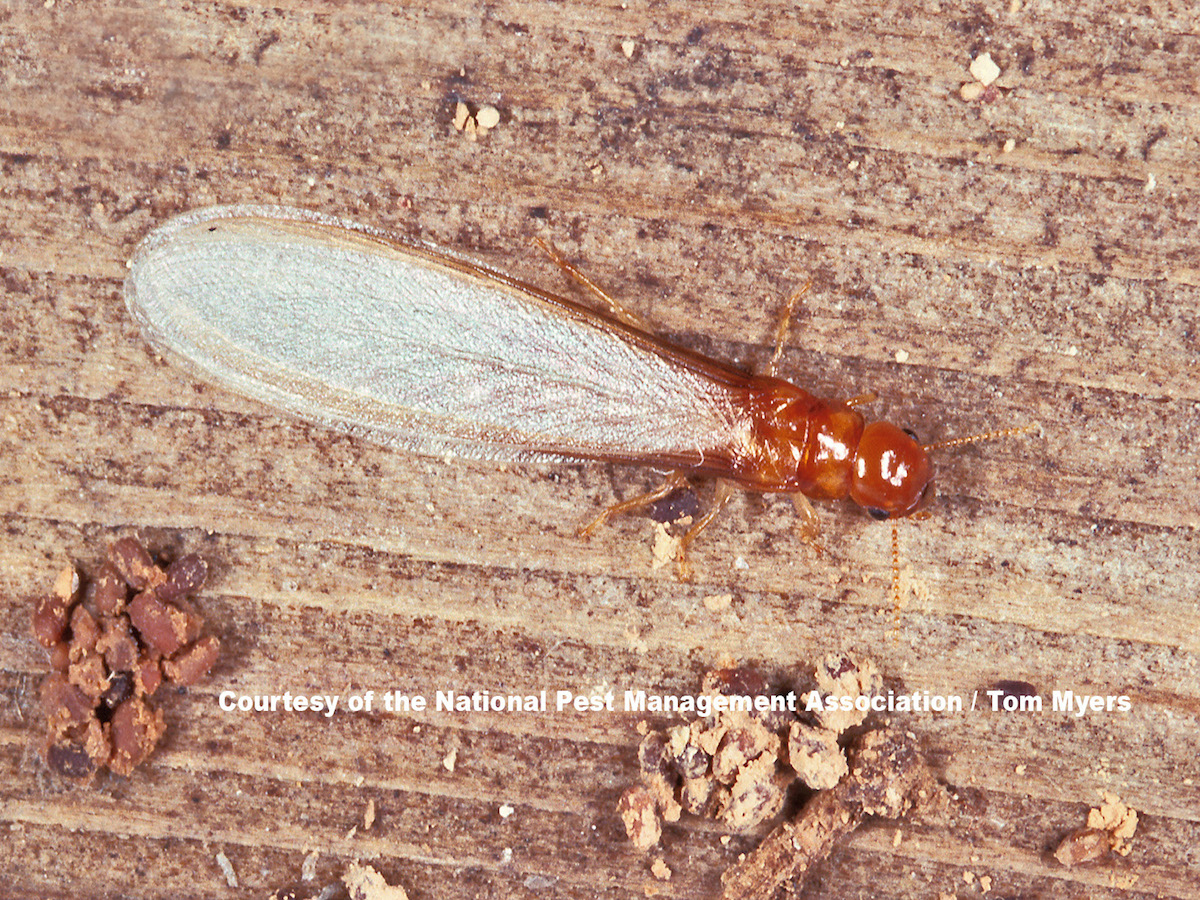
- Mud-like tubes on the exterior walls of buildings.
- Small piles of fecal pellets, which may look like sawdust or coffee grounds, near infested wood.
- Hollowed out wood.
- Cracks and crevices in wooden furniture.
- Discarded wings near windowsills, doors, or vents.
- Noise or vibrations coming from wood that has been infested.
Drywood Termites Prevention and Control
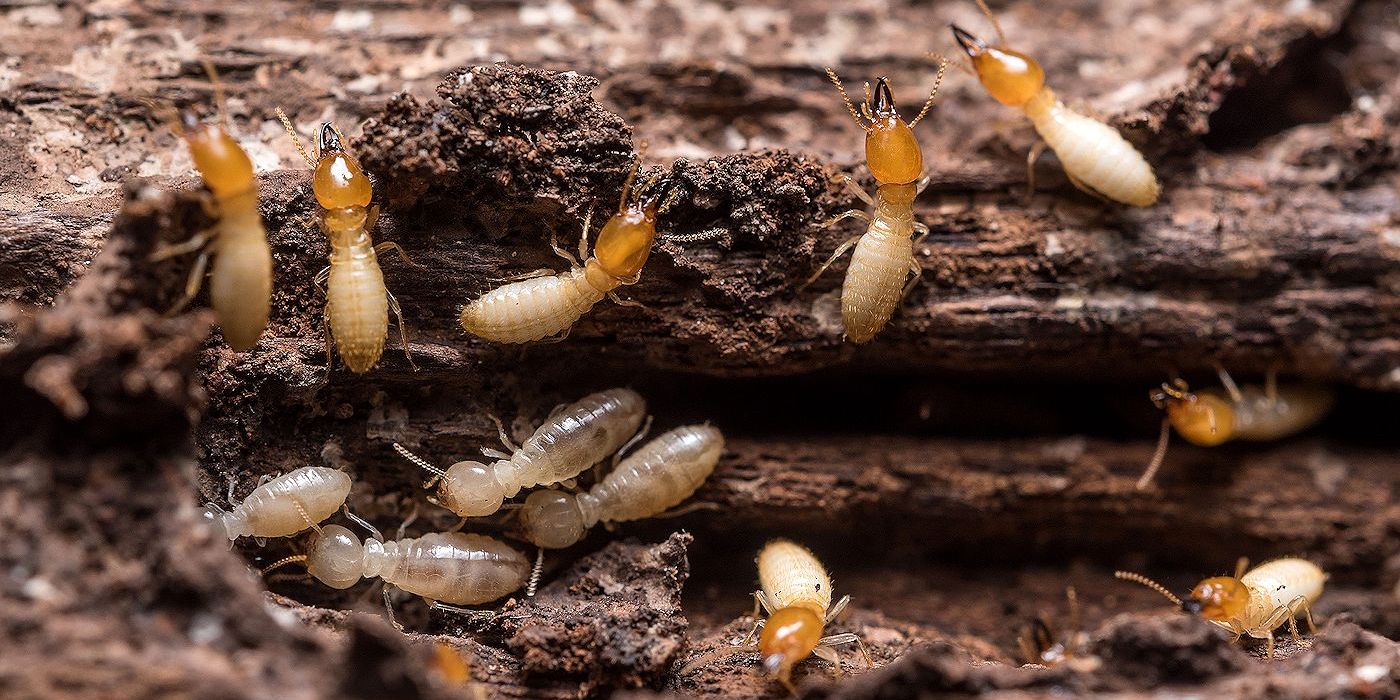
Drywood termites are a common pest in Florida, and they can cause significant damage to homes and businesses. To prevent and control these pests, there are a few steps that can be taken.
Inspection
The first step in drywood termite prevention and control is to have regular inspections done. These inspections will help to identify existing infestations and areas that may be prone to infestation. This can help reduce the risk of infestation and damage.
Sanitation
Sanitation is also important for drywood termite prevention and control. Areas should be kept clean and free of debris, which can provide a food source for drywood termites. Regularly removing debris and deadwood from around the property can help reduce the risk of infestation.
Repair
Repairing any structural damage that may be present can also help in the prevention and control of drywood termites. This can help to reduce the number of entry points for the termites and help to prevent further damage.
Chemical Control
Chemical control is another option for drywood termite prevention and control. There are several products available for this purpose, and they should be used according to the manufacturer’s instructions. These products should be applied to areas where termites are known to be present, as well as areas where they may be likely to infest.
Physical Control
Physical control is another option for drywood termite prevention and control. This includes removing wood that is infested with termites, as well as sealing any cracks or crevices that may be present. This can help to reduce the number of entry points for the termites and help to prevent further damage.
Professional Treatment
If the infestation is severe, it is best to seek the help of a professional pest control company for drywood termite prevention and control. They will be able to provide more effective solutions and help to protect your home or business from further damage.
Table of Drywood Termite Prevention and Control
| Action | Description |
|---|---|
| Inspection | Regular inspections to identify existing infestations and areas prone to infestation. |
| Sanitation | Keeping areas clean and free of debris, which can provide a food source for drywood termites. |
| Repair | Repairing any structural damage that may be present to reduce the number of entry points for the termites. |
| Chemical Control | Using chemical products to target areas where termites are known to be present. |
| Physical Control | Removing wood that is infested with termites, as well as sealing any cracks or crevices that may be present. |
| Professional Treatment | Seeking the help of a professional pest control company for more effective solutions. |
Treatment Options for Drywood Termites in Florida
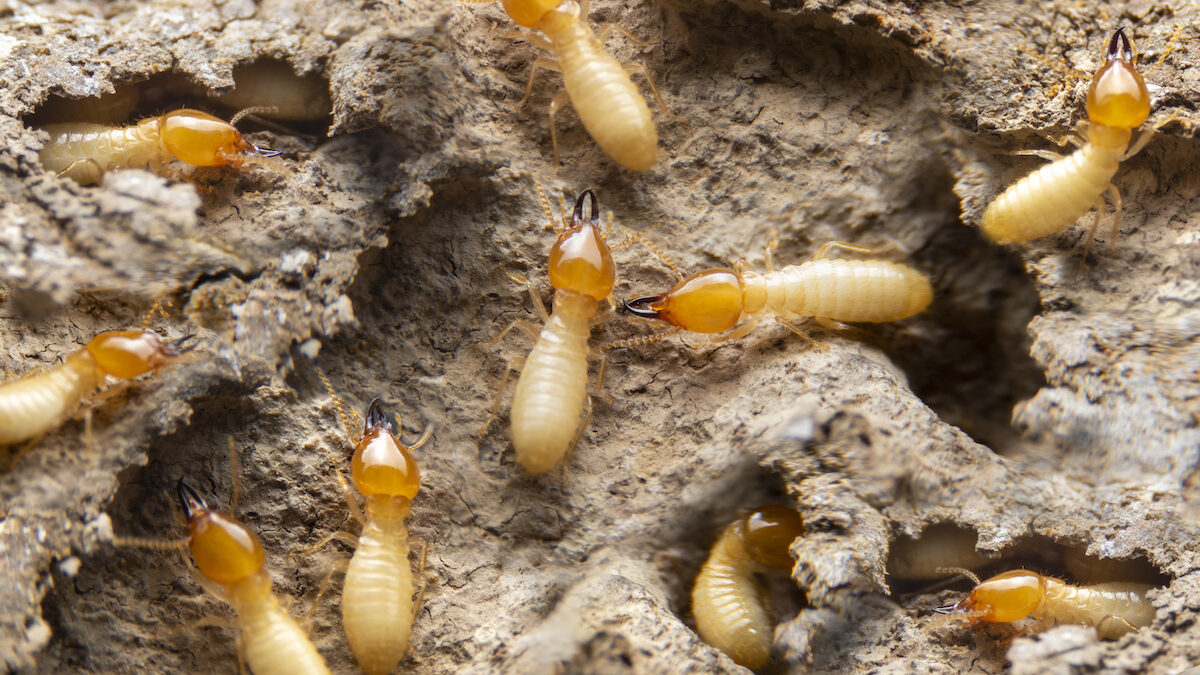
Drywood termites can cause significant damage to homes and other structures in Florida if left untreated. Fortunately, there are several effective treatments available to help eradicate these pests.
- Fumigation: Fumigation is one of the most common and effective methods for exterminating drywood termites in Florida. This process involves pumping a lethal gas into the affected area to kill the termites.
- Heat Treatment: Heat treatment is another effective way to get rid of drywood termites in Florida. This method involves using extreme heat to kill the termites and their eggs.
- Freezing: Freezing is another effective way to exterminate drywood termites in Florida. This method involves using extreme cold temperatures to kill the termites and their eggs.
- Chemical Treatments: Chemical treatments are also an effective way to get rid of drywood termites in Florida. This method involves using a chemical insecticide to kill the termites and their eggs.
These treatments can be performed by a professional exterminator, or they can be done by a homeowner using professional-grade products. It is important to note that each method has its own advantages and disadvantages, and it is important to understand the pros and cons of each before deciding which one is best for your situation.
Professional Exterminator Services for Drywood Termites
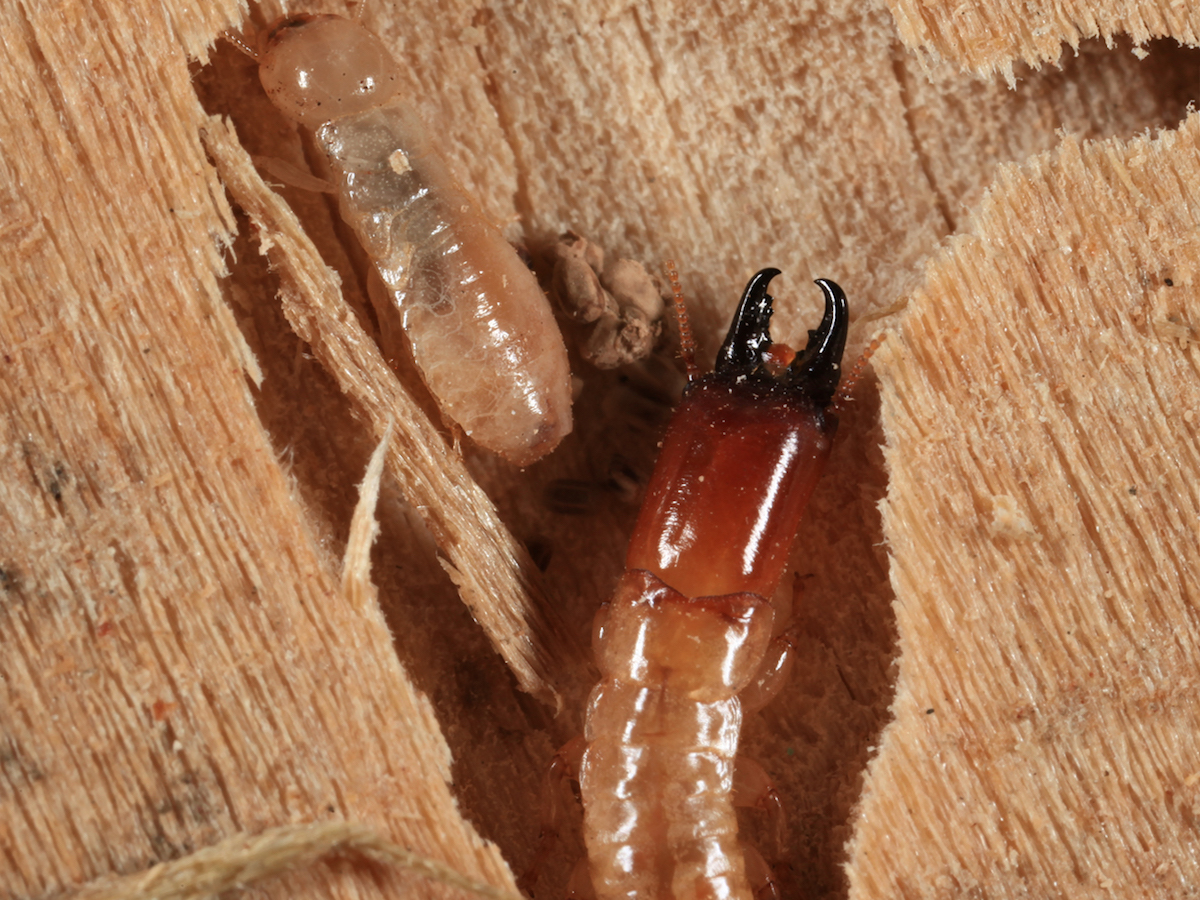
Drywood termites are a common pest in Florida, as they prefer warm and dry climates. To ensure that drywood termites do not cause damage to your home, you should hire a professional exterminator to inspect and treat your home. Professional exterminator services for drywood termites can include:
- Inspection of your home for signs of drywood termites
- Identification of the species of drywood termite infesting your home
- Treatment of the infested areas with liquid or foam insecticides
- Installation of wood treatments to prevent future infestations
- Monitoring of your home to ensure future infestations are prevented
The exterminator should use environmentally safe products to protect your home and family. It is important to hire a licensed and experienced exterminator to ensure that the job is done correctly and to prevent any potential damage to your home.
DIY Drywood Termites Treatments
Drywood termites are a common problem in Florida and can be difficult to get rid of. The best way to eliminate drywood termites is to use a combination of treatments, including both DIY and professional treatments.
DIY treatments involve using a pesticide or insecticide spray to get rid of the drywood termites. These sprays will kill the termites on contact and should be applied around the affected area. For best results, the spray should be applied in multiple applications over a period of time.
Another DIY treatment for drywood termites is to use a dust formulation. This dust formulation is applied directly to the wood and will kill the termites on contact. It is important to make sure the dust formulation is applied in multiple applications to ensure the termites are killed completely.
For larger infestations of drywood termites, a fumigant can be used. Fumigants are typically used by professional exterminators and should only be used when the infestation is severe. The fumigant will fill the area with poisonous gas, killing the termites.
Finally, another DIY treatment for drywood termites is to use a bait system. This involves placing bait stations around the affected area that contain a bait that attracts the termites. The bait will kill the termites when they consume it and should be replaced on a regular basis.
By combining DIY treatments with professional treatments, drywood termites can be eliminated from your home. It is important to follow the instructions of the treatments carefully to ensure the termites are eliminated completely.
Cost of Drywood Termites Treatment in Florida
Drywood termites are a destructive pest found in many parts of Florida. Treatment of these pests can be costly, but the cost depends on the extent of the infestation. Typical costs for drywood termite treatment in Florida include:
• Visual inspection: $50-$150
• Tent fumigation: $1,200-$2,000
• Holes drilled in infested wood: $3-$5 per hole
• Wood replacement: $3-$10 per square foot
• Spot treatments: $50-$150 per treatment
• Termites baiting system: $800-$1,200
Drywood termite treatments can be expensive, and it’s important to determine the extent of the infestation before proceeding. It’s also important to choose a reputable pest control company to ensure the problem is managed correctly.
Frequently Asked Questions
1. What are Drywood Termites and How Do They Differ from Other Termites in Florida?
Drywood termites are wood-eating insects that live and feed in dry wood, unlike other termites that require dampness to survive. They can be found in many parts of the world, including Florida.
These termites are usually found in wood furniture, fences, wood siding, and other wood structures. Drywood termites are more difficult to detect than their subterranean counterparts, as they do not require contact with the soil and build their colonies above ground.
The most common drywood termites in Florida are the Eastern Subterranean Termites, the West Indian Drywood Termites, and the Powderpost Beetles. While all three species feed on dry wood, they differ in habitat, size, and color.
The Eastern Subterranean Termites are the most common and destructive type in the state. These insects are yellow to tan in color and measure around 1/4 inch in length. They live in large colonies and form tunnels in the soil to access wood.
The West Indian Drywood Termites are found mainly in South Florida. They are smaller than the Eastern Subterranean Termites, measuring about 1/8 inch in length and are usually brownish-black in color. They do not require contact with the soil and build their colonies in dry wood.
The Powderpost Beetles are also found in Florida and are smaller than the other two species. They are reddish-brown in color and measure about 1/16 inch in length. They create galleries in dry wood and lay their eggs in the galleries.
In conclusion, drywood termites are wood-eating insects that live in dry wood and do not require contact with the soil. They differ from other termites in size, color, and habitat. The three most common drywood termites in Florida are the Eastern Subterranean Termites, the West Indian Drywood Termites, and the Powderpost Beetles.
2. What signs can homeowners look for to detect a drywood termite infestation?
Homeowners should look for signs of drywood termite infestations, such as the presence of piles of frass (sawdust-like droppings), small holes in dry wood, signs of tunnelling in wood, and discarded wings from swarming termites. Heavily infested wood may also be cracked or split. Homeowners should also check for tiny white or brown insects that may be visible in or around wood structures in the home. If any of these signs are visible, it may be an indication of a drywood termite infestation.
3. Are there any preventive measures that homeowners in Florida can take to avoid drywood termite infestations?
Homeowners in Florida can take several steps to prevent drywood termite infestations. These include eliminating possible sources of food and moisture, using weather-stripping and other methods to keep moisture levels low, and inspecting wood and other materials before bringing them into the home.
The first step to prevent drywood termite infestations is to reduce sources of food and moisture. This includes avoiding wood-to-ground contact, storing firewood away from the home, and keeping wood debris, stumps, and dead tree limbs away from the home. Additionally, it’s important to keep gutters and downspouts clear of debris to ensure proper drainage and reduce moisture levels.
Weather-stripping and caulking windows, doors, and other cracks and crevices can also help to reduce moisture levels and keep moisture from entering the home. Additionally, all exterior wood should be treated with a termite-resistant product such as borate, which can help repel termites.
Finally, homeowners should inspect all wood and other materials before bringing them into the home. This includes inspecting for signs of termite activity, such as mud tubes, discarded wings, and frass (termite droppings). If any of these signs are found, the material should be discarded immediately.
4. How can homeowners in Florida effectively treat a drywood termite infestation?
The most effective way to treat a drywood termite infestation in Florida is to have a professional pest control company perform a termite inspection and treatment. This will include an inspection of the affected area as well as a treatment plan tailored to the specific infestation. The treatment plan will likely include a combination of chemical treatments and physical removal of the affected wood. The chemical treatments may involve either fumigation or the use of termiticides. In some cases, wood replacement may also be necessary. After treatment, the pest control company will monitor the area to make sure the infestation has been successfully eradicated.
5. Are there any specific treatments that are recommended for drywood termite infestations in Florida?
In Florida, the most common treatment for drywood termite infestations is fumigation. This method involves sealing off the infested building and using a gas to penetrate all the wood and kill the termites. Alternative methods of treatment include spot treatments, wood treatments, and baiting systems. Spot treatments involve injecting a liquid insecticide into cracks and crevices to kill individual colonies. Wood treatments involve spraying an insecticide directly onto infested wood to kill the termites. Finally, baiting systems involve placing bait traps in the ground around the structure, which the termites then feed on, thus killing them.
Conclusion
Drywood termites are a serious problem for homeowners in Florida. They can cause significant structural damage to homes, and can be difficult to detect and eradicate. Homeowners should be familiar with the signs of an infestation and contact professionals if they suspect drywood termite activity. Treatment methods like fumigation and localized spot treatments can be effective in eliminating drywood termites. Taking preventive measures and conducting regular inspections are the best ways for homeowners to protect their homes from drywood termite damage.







